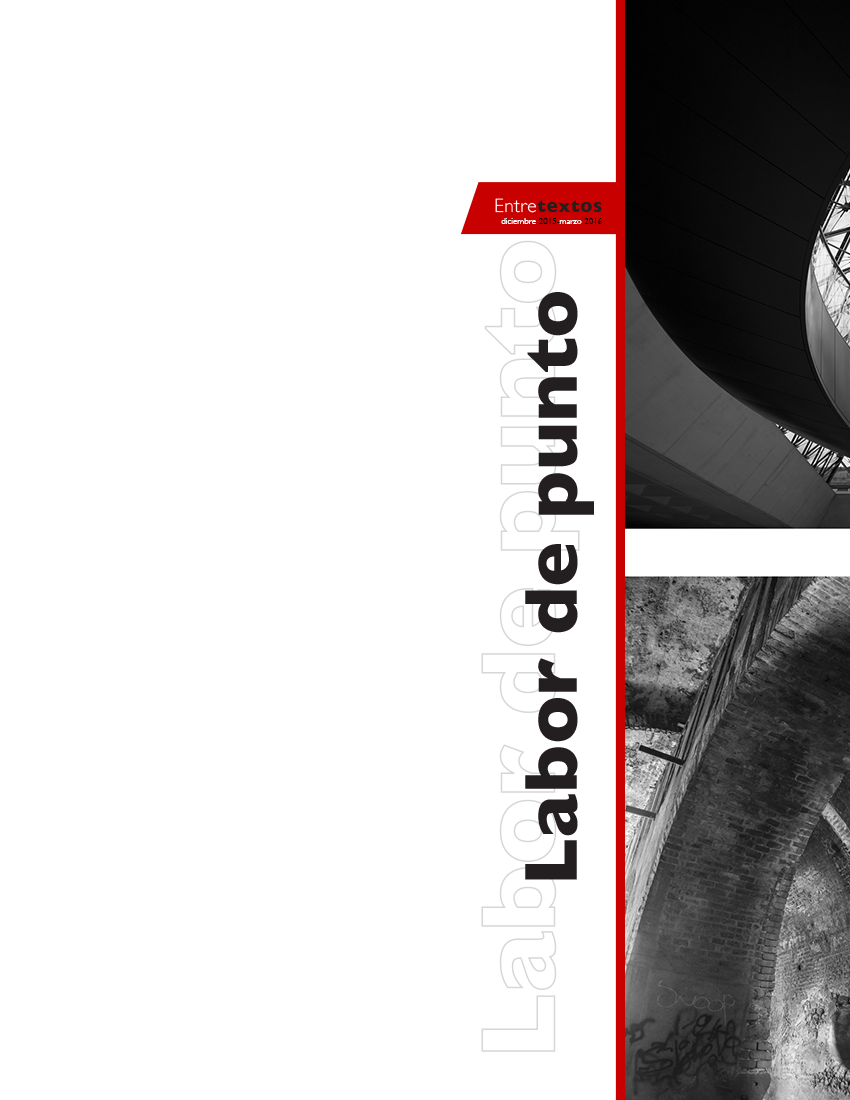Sugar and artificial sweeteners
What are they and what are the implications of their consumption?
DOI:
https://doi.org/10.59057/iberoleon.20075316.201521408Keywords:
Sugar, sugar substitutes, food label, obesity, diabetesAbstract
The association of sugar intake with chronic degenerative diseases such as obesity, diabetes, dyslipidemia, eating disorders and caries has driven health professionals in search of new options for nutrition education and new food products. In Mexico, sugary drinks are responsible for 24 000 deaths per year; of these, between men and women under 45 years, these drinks are the cause of 22% and 33% respectively of all deaths related to diabetes, cardiovascular disease and obesity.
Sugars are listed in food labels as added sugars, malt, caramel, corn syrup, corn syrup solids, inverted sugar syrup, molasses, honey, fruit juices, among others. These are reasons for teaching consumers label reading and giving them the right information for making healthy food choices. As an alternative to sugar, food industry has put on the market a series of options through low-calorie and nonnutritive sweeteners. Among the former, there are fructose, polyols and aspartame. Luo Han Guo, stevia, thaumatin, pentadin, monellin and brazzein are natural non-caloric sweetners. Among noncaloric sugar substitutes that are artificial, people can find acesulfame K, cyclamate, saccharin and sucralose. The aim of this paper is to present these substances and their effects on human health, so that the reader can have elements for making an adequate food choice.
Downloads

Downloads
Published
How to Cite
Issue
Section
License
Copyright (c) 2015 Entretextos

This work is licensed under a Creative Commons Attribution-NonCommercial 4.0 International License.




